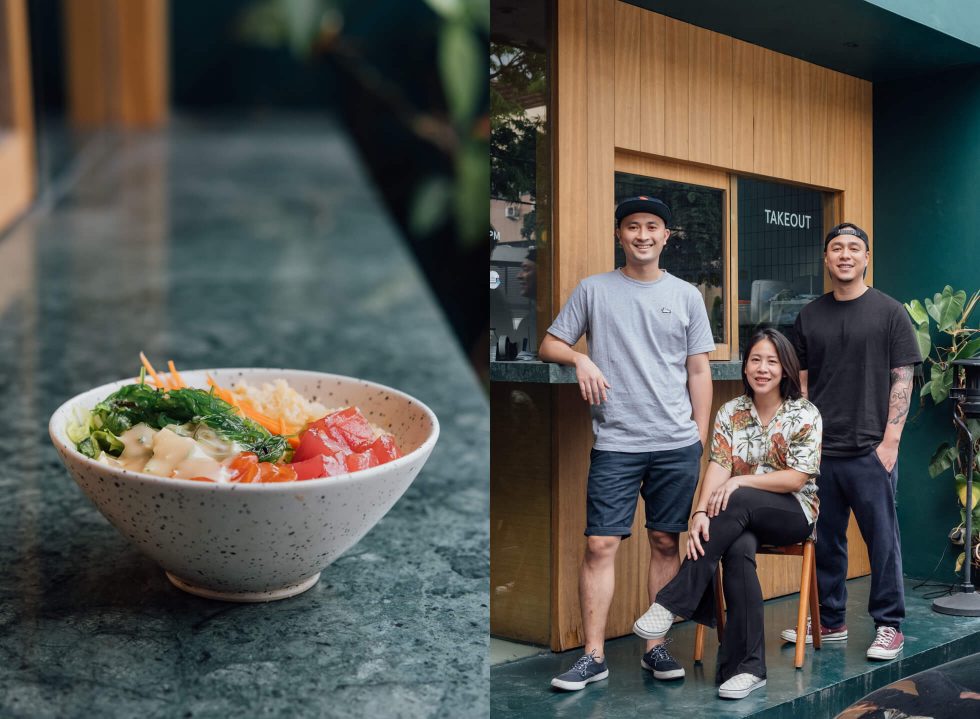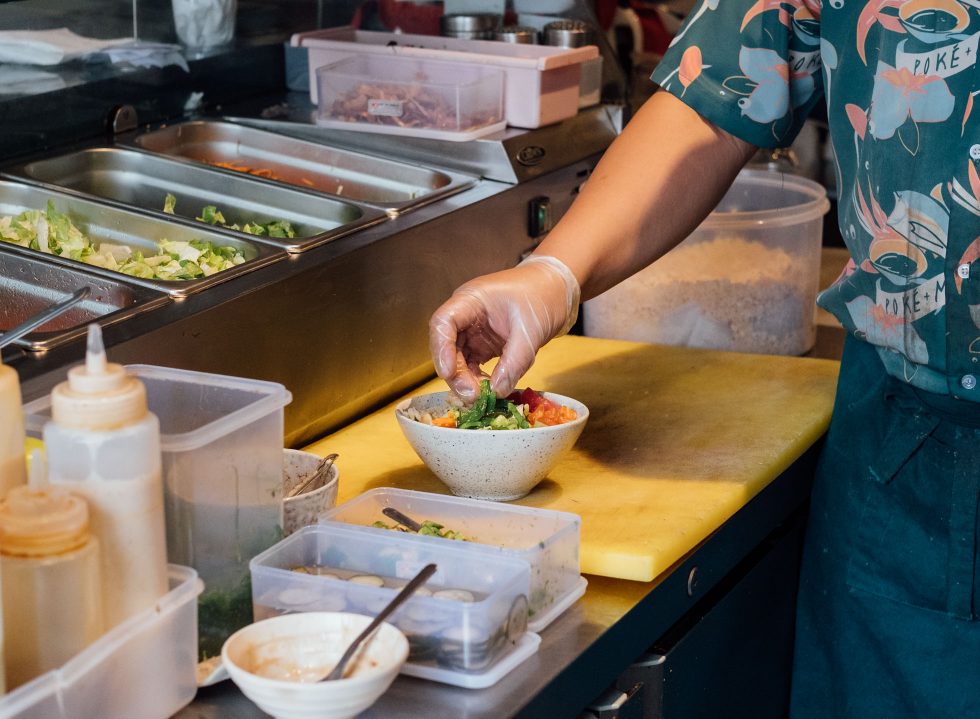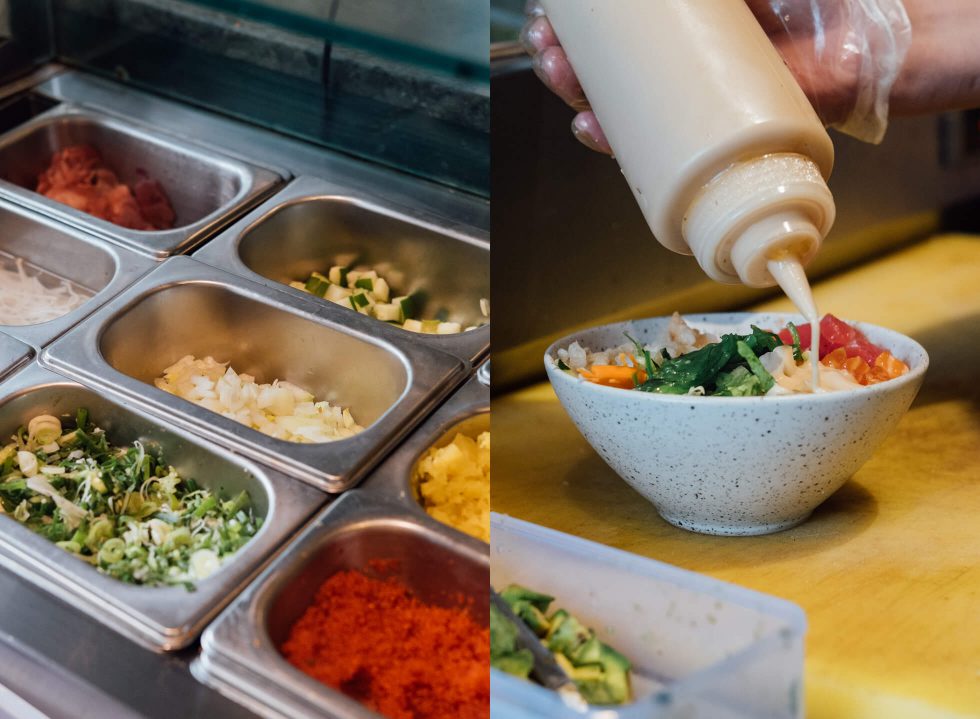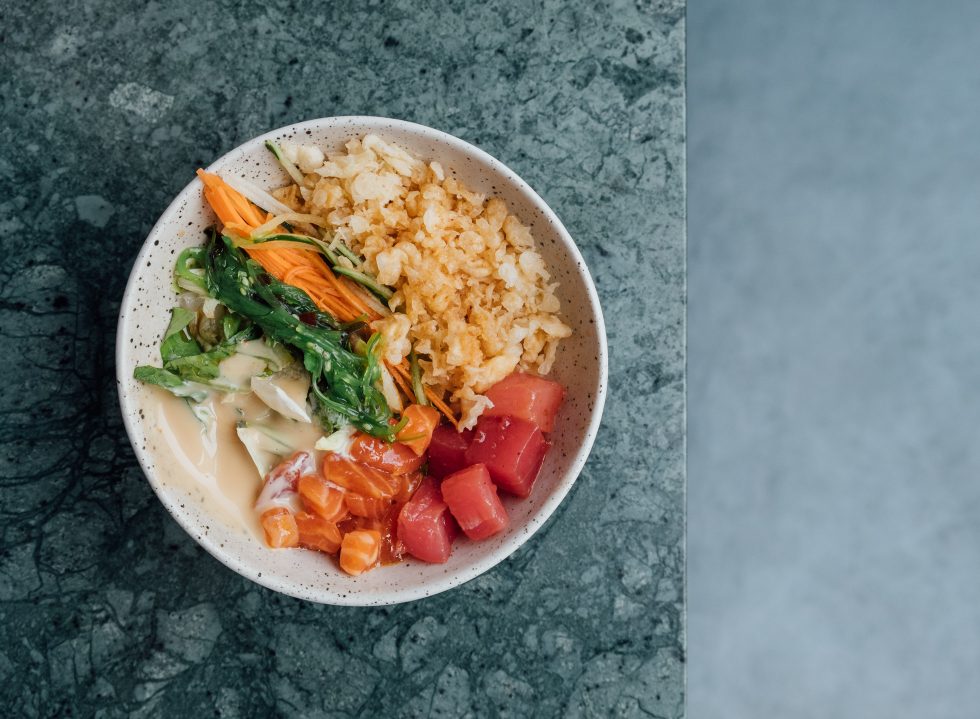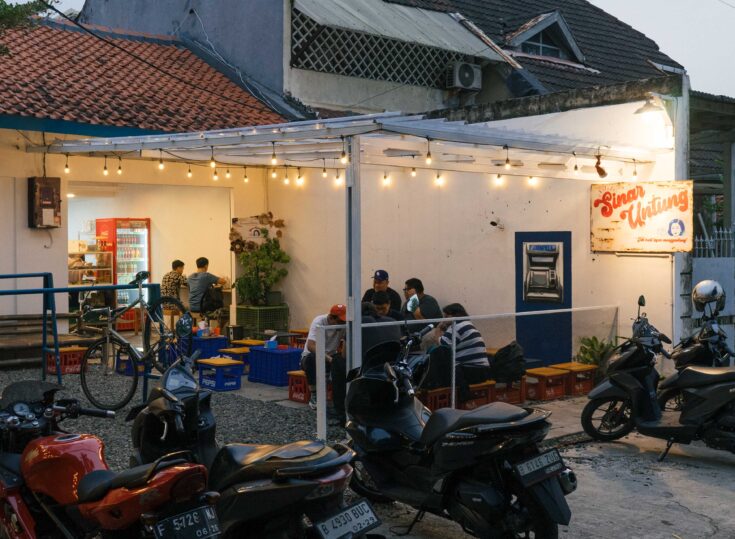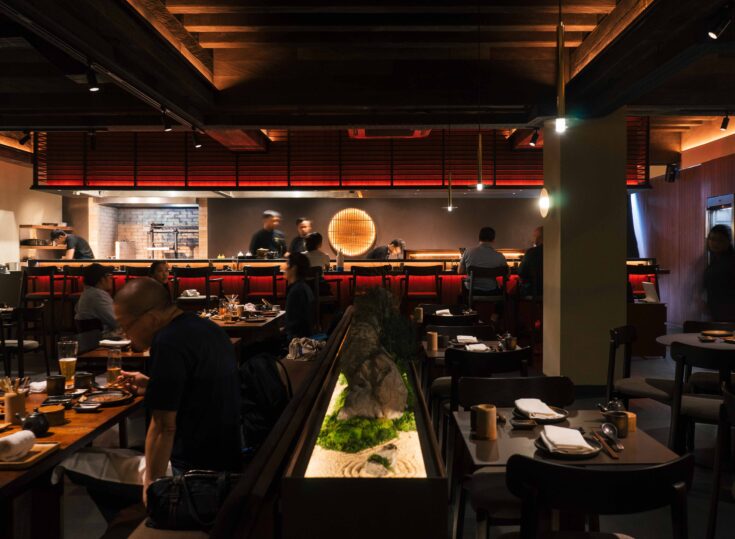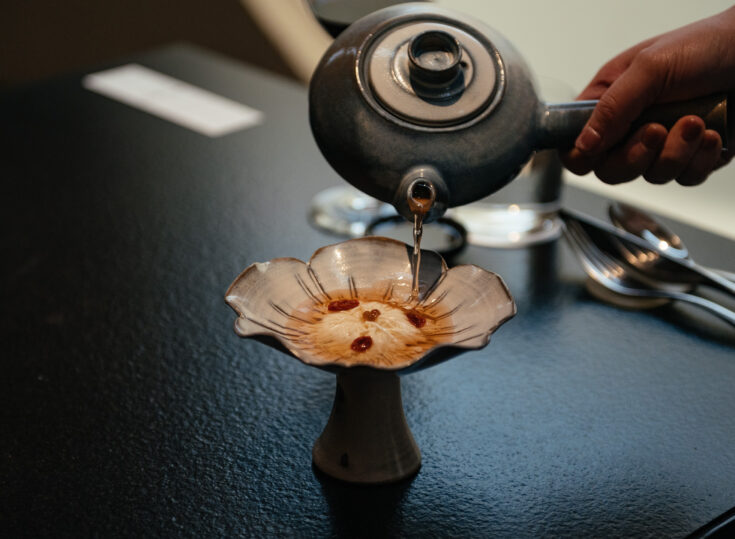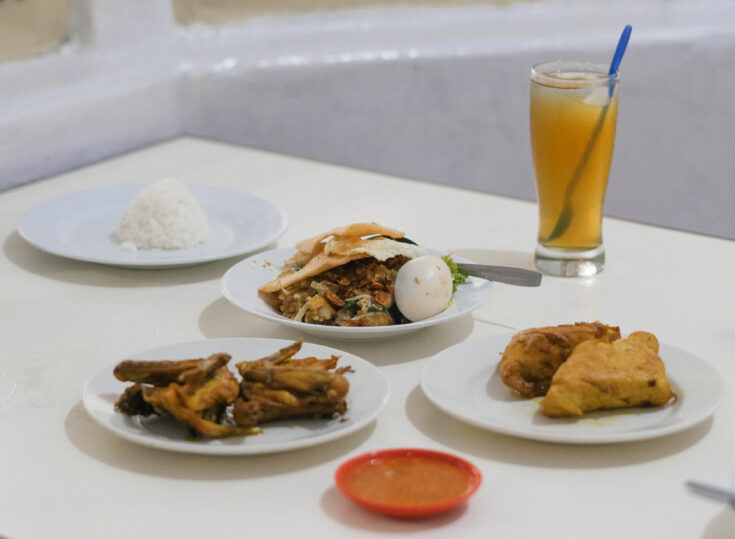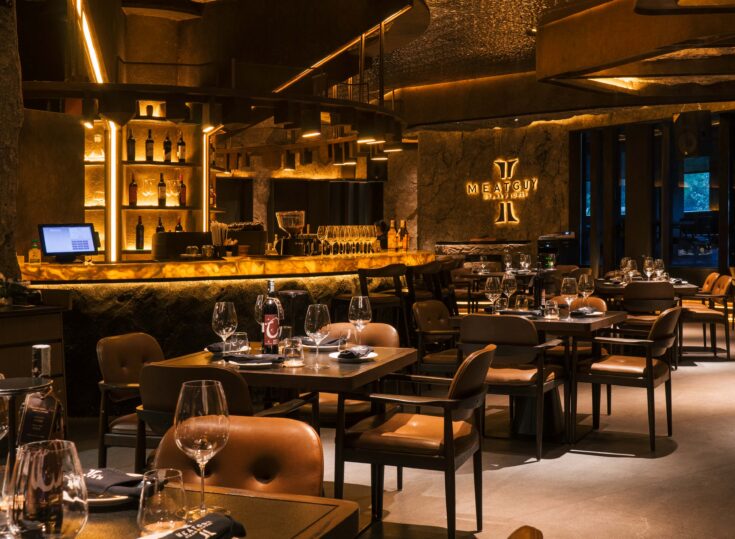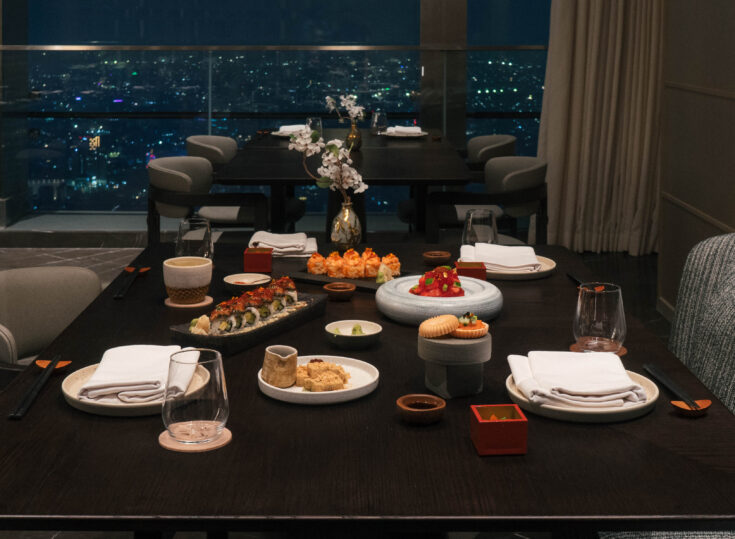In Hawaii, poké is dished out as a rather simple staple. The island-native meal, rooted in Japanese influences, is basically diced raw fish, usually seasoned with soy sauce and sesame oil, along with greens on a bed of rice; there, it’s the type of food you’ll usually find in supermarkets, served in a simple foam box and tossed as a snack or side dish.
But 2016 saw the poké lovebug latching on, sweeping across countries where dedicated shops started to pop up with their own versions of the dish. Honu Poké & Matcha Bar was the first in Jakarta to join the bandwagon, with founders Sashia Rosari, Jenda Badilangoe and Kevin Rumantir setting up the first shop in Kemang in 2017. “On top of being a balanced and healthy meal, we like the dish’s simplicity and casualness. It’s something that you can eat every day,” said Sashia.
Something as novel as poké is always a toss-up between make it or break it. The team’s faith in the dish, however, outweighed these reservations from the start. “As a dish, poké may be very new, but the elements are very common, especially like sashimi and sushi rice, which is already something very familiar here. Aside from us liking [poké], we also had our friends try it, and we saw the taste widely accepted across the board,” said Jenda. “So, reservations yes, but also no. Every business has its risks, but we felt that we had the right tools to make it work.”
And they did. Honu’s poké bowls started to trend on social media, marking one of their first feats upon opening. Local enthusiasm of the dish also started to grow; orders can pile up to 10,000 bowls on average every month, not to mention three other outlets- Menteng, BSD and Neo Soho – already under their belt. Scope of the menu at Honu tends to both tuna and salmon enthusiasts, where one can choose to eat it with white sushi rice, brown rice or salad as its base. Ranging between IDR 60,000 to IDR 90,000, every bowl is crowded with its own diverse toppings. The best way to eat it? Mix away.
As Kevin noted, “you can do many things with poké”, which is a testament to Honu’s range of menu that is as varying as it is localised. Developing it, however, required both research and an expert sense, the latter a role occupied by Honu’s executive chef, Toar Christopher. “We’re very lucky to have someone with an experienced skill set in Japanese dining and an encyclopedic understanding of taste,” said Sashia. “In addition to our own preferences of taste, we tried to imagine what kind of flavours people here will like. With our chef’s guidance, we’ve reached a point where we can whip up this range of menu.”
Through him, the three were also able to come across many suppliers to source Honu’s main ingredients, like their premium-grade fish. “Quality over quantity. We always make sure to maintain it when we choose our salmon, tuna, tobiko and others,” said Sashia. “One of the things we’re also proud of is that our tuna is sustainably caught (using the pole and line fishing method). With the salmon, [the consideration] we always think about is ‘would we eat this?’ Same with our brown rice too,” added Jenda. “We’re quite finicky about these things.”
Four years in, Honu humbly claimed a small impact with their poké bowls, as in comparison to people who really know Honu, there’s a bigger portion who don’t. But if there’s any takeaway to draw, it’s the fact that Honu has made eating healthy more accessible. “We’ve had comments from ‘I would never touch greens’ to ‘Oh, I don’t mind eating them’ as soon as they tried Honu, because they like the combination of the fish with the sauce,” concluded Kevin. “In that sense, we’re very glad that we managed to introduce poké bowls here and bring about this kind of reaction.”
